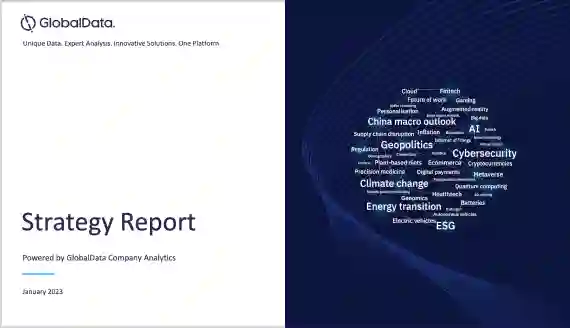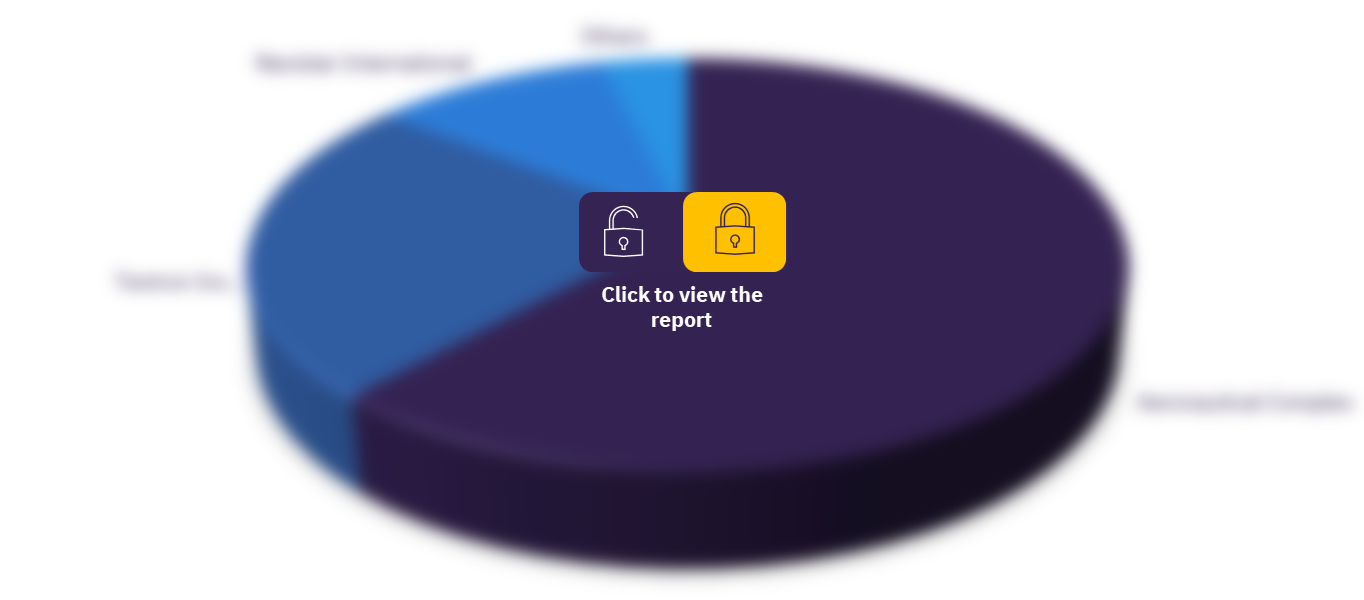Online Payments – Thematic Research
Powered by ![]()
All the vital news, analysis, and commentary curated by our industry experts.
According to GlobalData’s Ecommerce Analytics database, the global online payments sector was worth $4.8 trillion in 2020, with China representing just over a third of the value of transactions made during that period. The online payments industry is fragmented due to the sheer number of participants involved in payment transactions but also due to the large number of payment options available to consumers. With the emergence of new technologies transforming the payments industry, long-established companies are investing heavily in new solutions through mergers and acquisitions (M&A) to ensure they maintain their market share and can compete with the fintech startups that are disrupting the sector. The industry is undergoing constant growth and evolution. The players that dominate the industry are long-established companies that are expanding through M&A to gain access to new technologies and to be able to compete with the emerging fintech companies that are disrupting the industry. Due to being a very fragmented sector, end-to-end organizations are required to offer services that can fulfill a wide range of consumer and merchant needs. The leaders are companies that can offer such services.
Ecommerce is projected to keep growing, as a rising number of consumers are using online platforms to shop instead of visiting retail stores. This trend was accelerated by the COVID-19 pandemic. While more people are shopping online, the way consumers shop is also changing. Mobile commerce (m-commerce) is growing at a rapid rate and is especially popular among millennials and Generation Z. It is projected to account for 50% of ecommerce by 2021 and will eventually become the main way consumers shop online.
What are the market dynamics of the online payments market?
Since 2019, the online payments sector has witnessed two general trends: consolidation among long-established payment providers and payment processors; and acquisitions of new technology providers by dominant players. In addition to the major deals, the industry also saw a series of acquisitions of startups and Fintechs by dominant payment service providers. The main trends shaping the online payments theme are technology trends, macroeconomic trends and regulatory trends.
Technology trends: Biometric technologies represent a set of solutions that can help improve online payment security while reducing friction layers during the payment process. Blockchain technology has transformative potential for payments processing in general, and these benefits are directly correlated to online payments. Buy Now Pay Later (BNPL), CBDCs, cryptocurrency, digital wallets are few of the other technology trends gaining momentum in the online payments sector.
Macroeconomic trends: The online payments sector greatly benefited from the pandemic as consumers’ mobility was restricted, and they were forced to rely on online platforms to meet their basic needs. Emerging countries are also improving their online payments ecosystems by modernizing their payments infrastructure with the adoption of digital payment platforms. Emphasis on cashless economy, rise of millennials and Gen Z are few of the other macroeconomic trends that are helping the online payments industry.
The global COVID-19 pandemic is probably the single most impactful theme on the global economy in 2021. The online payments sector greatly benefited from the pandemic as consumers’ mobility was restricted, and they were forced to rely on online platforms to meet their basic needs. This in turn forced consumers to develop new payments habits, which contributed to the growth of alternative payments such as digital wallets and P2P apps. The online payments sector gained a new demographic of users as older generations were forced to use online payments to fulfil certain transactions. Long after the pandemic is over, some of the habits that consumers develop will remain, and this will contribute to gradual shift from physical transactions to online transactions.
Regulatory trends: Regulatory efforts to reduce cash use, such as those seen in Italy and India (usually with the aims of reducing the size of the black economy and bolstering tax revenues from easily tracked electronic payments), tend to have the full support of the payments industry. COVID-19 has accelerated this push, with mobile payment services launching and being promoted by governments (and companies as well) across the world. Fintech companies have long been able to operate without many regulations but given the growing influence they are having on the sector; regulators are starting to pay more attention to them.
What are the segments in the online payments value chain?
The value chain for online payments highlights all the parties that are required to enable an online transaction between a payee and a recipient. Depending on the payment method chosen, a different set of intermediaries are involved. The number of intermediaries has a direct impact on the cost of transactions for merchants and how fast the funds are made available to them. The segments in the value chain of online payments are consumer and payment processing.
Consumer: Due to the omnipresence of the internet, online payments have become an integral part of consumers’ online experience. Online merchants interact with their consumers by using online platforms such as websites, marketplaces, and apps. Depending on the platforms selected by merchants, they need to keep in mind the devices their consumers will be using to access them.
Payment processing: Payment gateway providers are a primordial node of the online payments value chain. They are the first entity that enables consumers to execute a payment on a merchant’s website. Payment processors are the next node in the payment process. They are the entities that approve payment transactions once the consumer’s information has been verified and confirmed by the issuing bank. Issuing banks are banks/financial institutions that allow consumers to make cards payments via payment networks such as Visa, Mastercard, and American Express. Acquiring banks are banks or financial institutions that process card payments for merchants. They provide merchants with an account that can accept any card payment from issuing banks. When consumers make a transaction at an online merchant, the funds do not directly go to the merchant’s account. They are transferred across a series of intermediaries before reaching the merchant’s account. A variety of payment tools are available for consumers to use to complete online transactions, with cards payments and digital wallets the most popular.
Which are the key players in online payments market?
ACI Worldwide, Adyen, Affirm, Afterpay, Alibaba group, Apple, Bud, American Express, Visa, Mastercard, China UnionPay, American Express, PayPal, Western Union and Tink are the key players in the online payments market.
Online Payments market, by key players
To know more about key players, download a free report sample
Market report scope
| Global online payments size (Year-2020) | $4.8 trillion |
| Keys Players | ACI Worldwide, Adyen, Affirm, Afterpay, Alibaba group, Apple, Bud, American Express, Visa, Mastercard, China UnionPay, American Express, PayPal, Western Union and Tink |
Scope:
- How online payments will disrupt existing value chains in payments.
- The technological, macroeconomic, and regulatory factors that are driving online payments.
- Which providers are currently taking a lead in exploiting the opportunities afforded by online payments.
Reasons to Buy
- Understand how online payments can help generate value.
- Learn which of the competitors are leading the way in online payments and what they are doing.
- Equip yourself to deal with the disruption in online payments.
Klarna
Afterpay
Affirm
Visa
Mastercard
American Express
Apple
Vyne
Plaid
TrueLayer
TIPS
Amazon
Ant Financial
China UnionPay
Fiserv
JPMorgan Chase
Monzo
Table of Contents
Frequently asked questions
-
What was the size of global online payments market in 2020?
The global online payments market in 2020 was valued at $4.8 trillion.
-
Which are the key players in online payments market?
ACI Worldwide, Adyen, Affirm, Afterpay, Alibaba group, Apple, Bud, American Express, Visa, Mastercard, China UnionPay, American Express, PayPal, Western Union and Tink are the key players in the online payments market.
Get in touch to find out about multi-purchase discounts
reportstore@globaldata.com
Tel +44 20 7947 2745
Every customer’s requirement is unique. With over 220,000 construction projects tracked, we can create a tailored dataset for you based on the types of projects you are looking for. Please get in touch with your specific requirements and we can send you a quote.
Related reports
View more Payments reports











